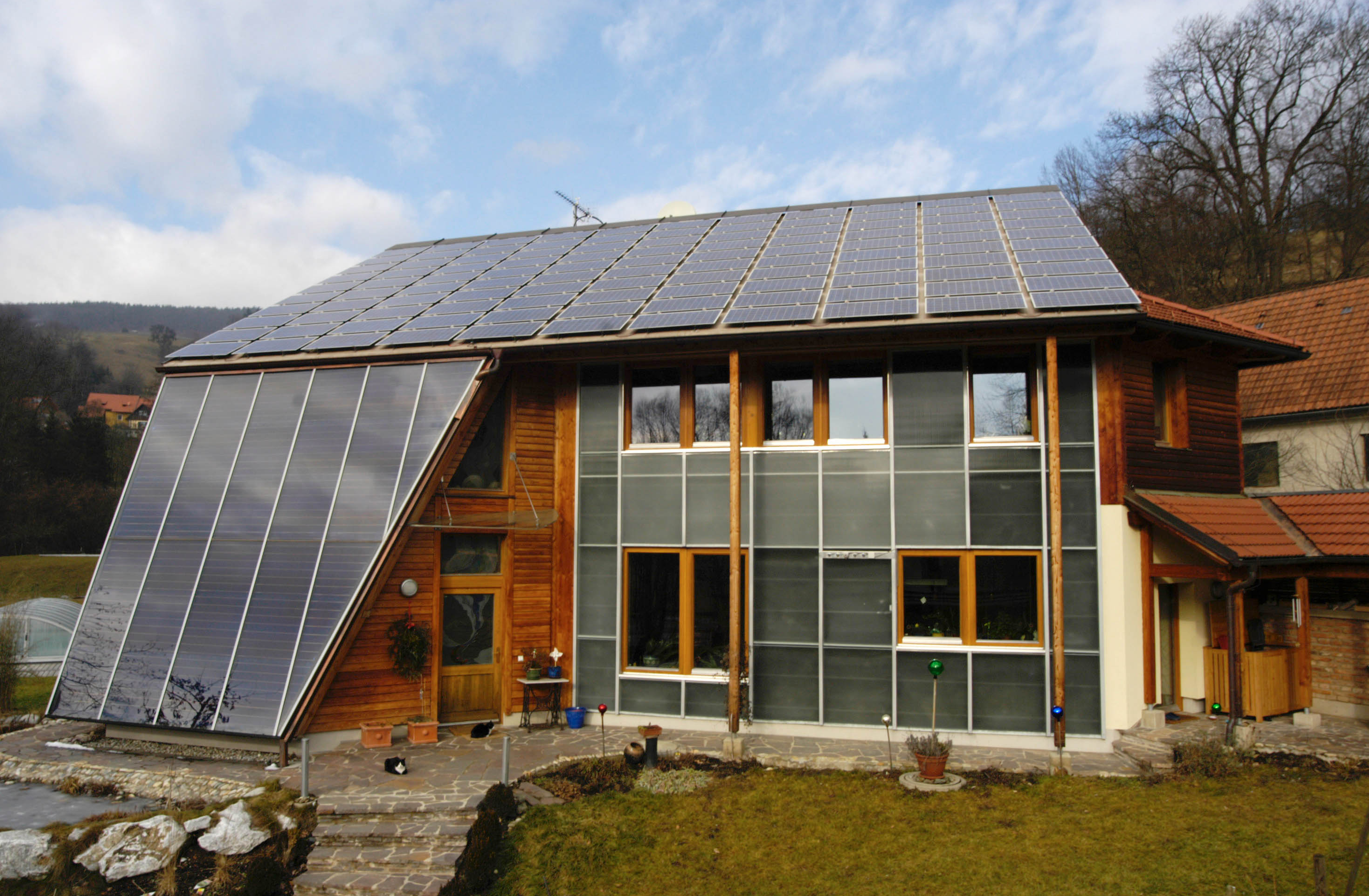
According to the 2020 Residential Energy Consumption Survey (RECS), about four million or three percent of households nationwide had installed solar power generation (Figure 1). Recent federal incentives have propelled residential installation of solar panels. And to make matters even more efficient, some states have passed additional incentives to pair solar installation with a residential energy storage system.
Figure 1: Percentage of households with solar systems, 2020
Energy storage systems can provide partial (powering only essential home functions) or full (powering the whole home) backup power in the case of a power outage. Routing a residential solar generation system to a battery system allows the power of the sun to charge the attached battery. Then, if the power goes out, the home runs on the emissions-free energy stored in the batteries.
Solar plus storage systems help build climate resilience for homeowners. For instance, recent heat waves and the outages caused by Hurricane Beryl in Texas have caused intermittent electrical service, which is particularly dangerous in above average temperatures such as those reached this summer.
Extended outages in the face of extreme weather put communities at risk of heat or freeze-related illnesses. While current energy storage systems are able to provide power for up to a day, long-duration systems are in development that would be able to store and provide a week or more of power. More mundanely, simply losing a wi-fi connection for a couple of days can mean missing out on work opportunities. Additionally, households whose utility charge time-of-use rates can avoid paying peak prices by relying on energy already stored. The bottom line of the dual installation is greater energy independence.
Recently, more households seem to be seeking that independence. In July 2024, the Energy Information Administration recorded that in April 2024, more than half of households who installed a new residential solar system opted to pair it with battery storage, up from just over 20 percent in October 2023. Consulting firm Wood Mackenzie projected, also in April 2024, that more than a quarter of new residential solar system installations this year will be paired with a solar system, up from 14 percent in 2023.
Part of this spike can be connected to new federal incentives. The Inflation Reduction Act’s (IRA) Residential Clean Energy Credit 25D is a prime example, as it provides what is essentially a 30 percent discount via a tax write off for installation of a solar electric system. Other related federal incentives include state programs funded by the $550 million Energy Efficiency and Conservation Block Grant Program contained in the Infrastructure Investment Jobs Act (IIJA) or the $250 million Energy Efficiency Revolving Loan Fund Capitalization Grant Program, as well as the Greenhouse Gas Reduction Fund’s Solar for All program, funded at $7 billion by the IRA. Other relevant available potential funding for residential solar and battery storage systems amounts to billions, distributed across the country via federal competitive grant applications and state programs. These federal programs and more are surfaced on Building Hub’s Federal Policy and Funding Dashboard.
This spring and summer brought a slew of state legislative sessions that saw policies across the nation supporting the development of residential solar and battery storage systems. Some states passed consumer protections for residents. Virginia’s SB313, passed in April, is centered on informational access, listing required regulations and disclosures that contractors must make residential customers aware of. Michigan’s HB5028, the Homeowners’ Energy Policy Act passed in July 2024, protects households’ abilities to install solar systems and other energy efficiency measures against potentially restrictive Homeowners’ Associations policies. Finally, California’s SB355 enacted in October 2023 expanded the state’s Multifamily Affordable Housing Solar Roofs Program, extending funding through 2032 and specifying the low-income and Tribal communities that may access the incentives.
Residential solar and storage systems are valuable in terms of individual household and grid-wide climate resilience. With new state policies emerging to incentivize installations, eliminate barriers to entry (ranging from affordability to information gaps to solar scams), and bring solar to communities with historically low energy independence, the future of solar and storage systems looks bright.



